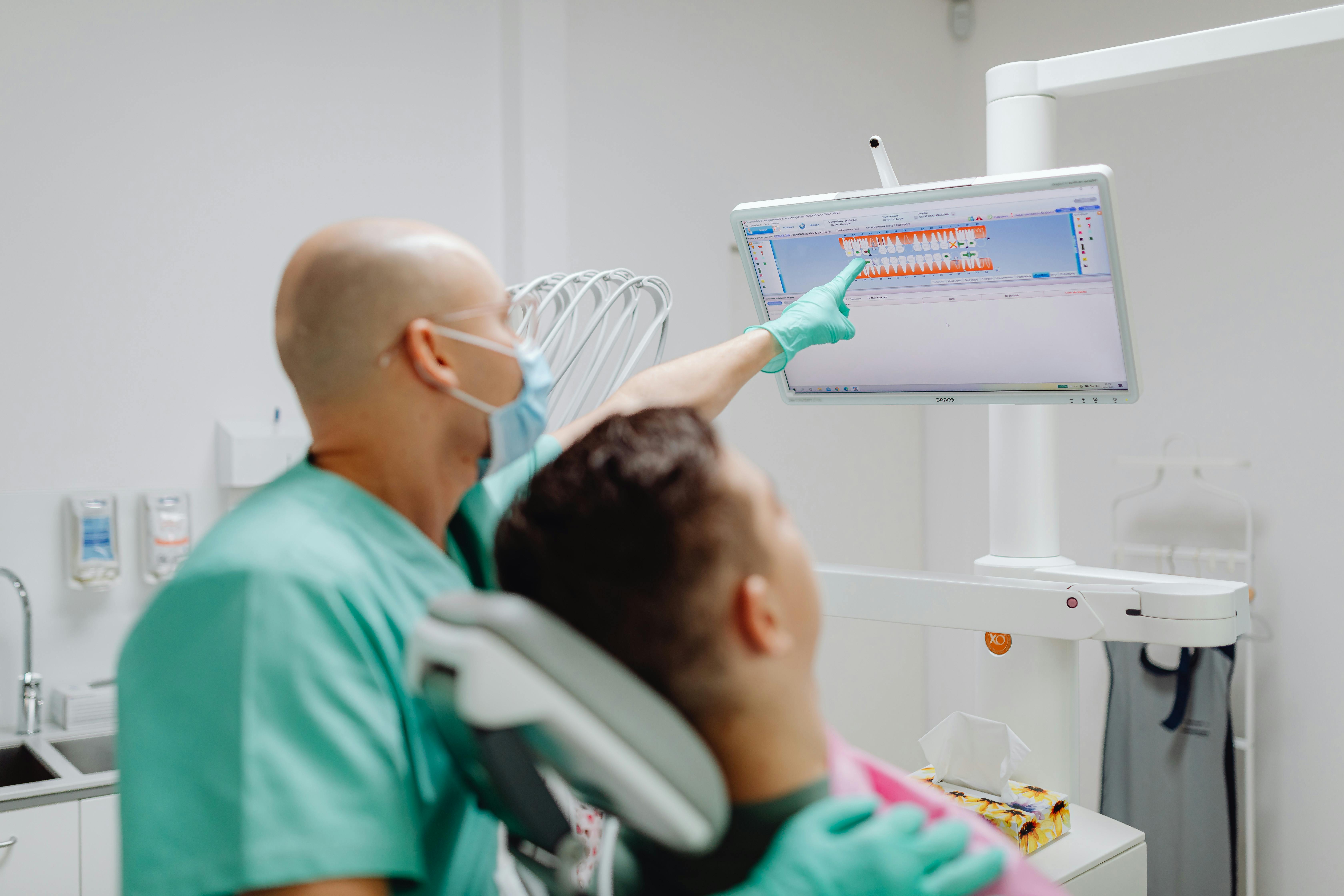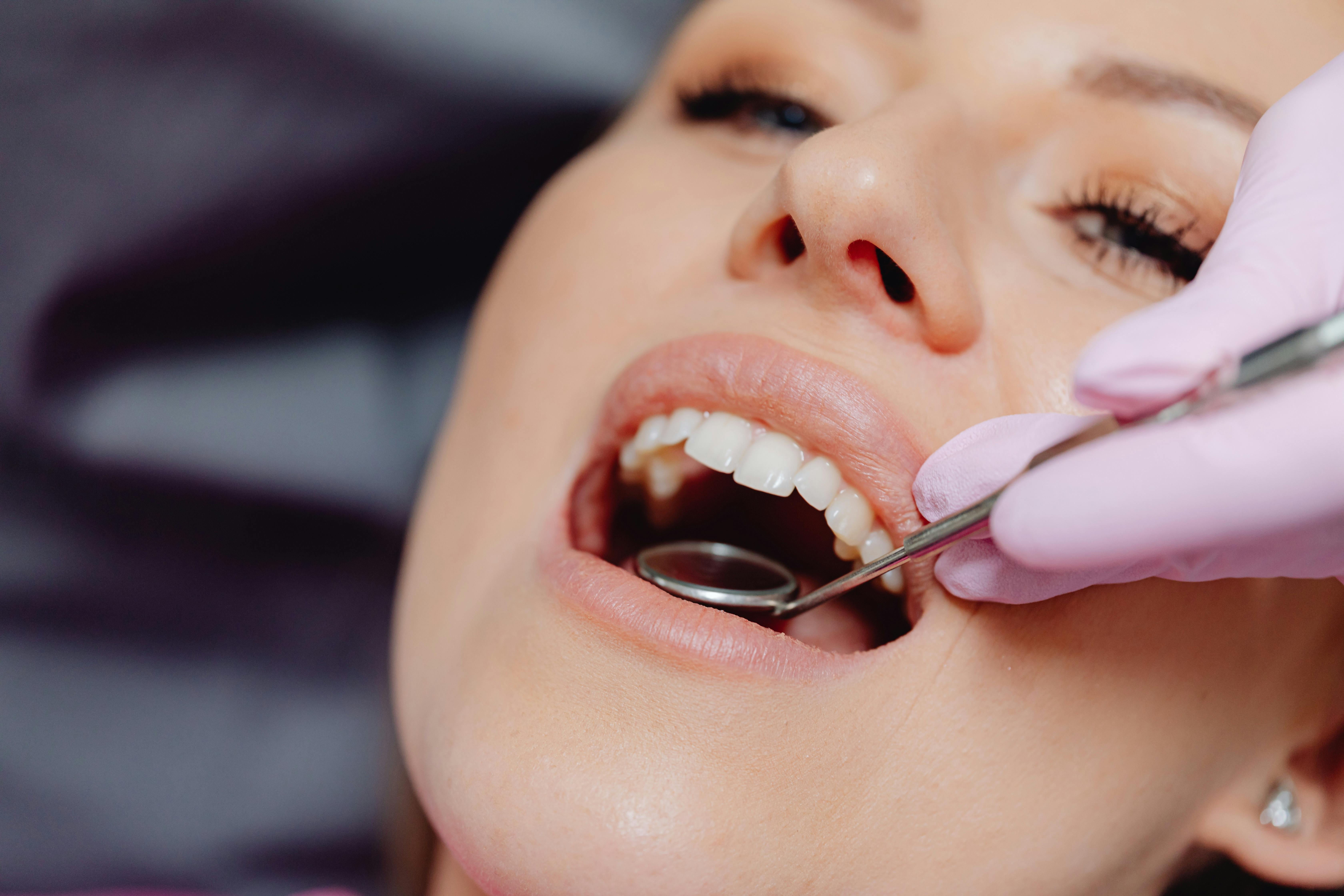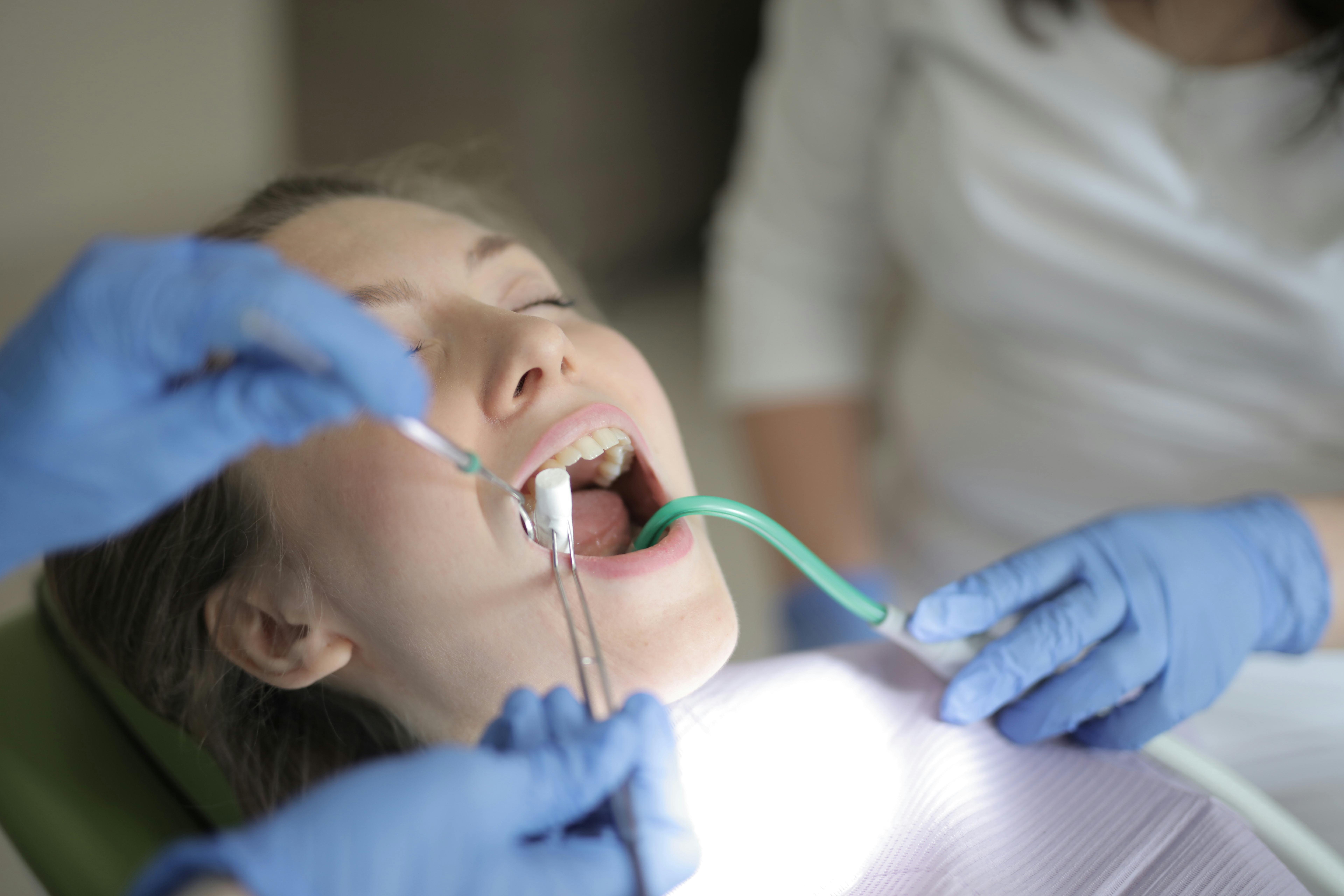Why Dental Prophylaxis is Essential for Oral Health
A healthy smile is more than just an attractive feature—it’s a reflection of overall well-being. While brushing and flossing at home are essential for maintaining oral hygiene, they are not enough to remove all the plaque and bacteria that build up over time. This is where dental prophylaxis comes in.
Dental prophylaxis, commonly known as professional teeth cleaning, is a preventive dental procedure that removes plaque, tartar, and bacteria from the teeth and gums. It plays a crucial role in preventing cavities, gum disease, and other oral health issues. Regular prophylaxis not only keeps your teeth looking clean and bright but also protects your overall health by reducing the risk of infections and systemic diseases.
In this blog, we’ll explore the importance of dental prophylaxis, its benefits, the procedure, and why it should be a key part of your oral hygiene routine.


What is Dental Prophylaxis?
Dental prophylaxis is a professional cleaning treatment performed by a dentist or dental hygienist to maintain oral health and prevent future dental issues. The term "prophylaxis" means "preventive care," highlighting its role in stopping dental problems before they start.
Unlike daily brushing and flossing, which clean only the surface of the teeth, prophylaxis involves a deep cleaning that removes:
- Plaque – A sticky film of bacteria that forms on the teeth and can lead to decay.
- Tartar (Calculus) – Hardened plaque that cannot be removed by brushing alone.
- Stains – Discoloration caused by food, drinks, and smoking.
- Bacteria Buildup – Hidden bacteria in the gum line that can cause infections
By undergoing regular dental prophylaxis, you can maintain a clean, healthy mouth and prevent serious dental conditions like gingivitis, periodontitis, and tooth loss.
The Importance of Dental Prophylaxis
Prevents Cavities and Tooth Decay
Cavities develop when plaque accumulates on the teeth and produces acids that erode the enamel. Even with daily brushing, plaque can settle in hard-to-reach areas and turn into tartar, increasing the risk of tooth decay. Professional cleaning ensures that all plaque and tartar are removed, significantly reducing the chances of cavities.
Protects Against Gum Disease
Gum disease, or periodontal disease, is a leading cause of tooth loss. It starts with gingivitis, where the gums become inflamed and bleed easily. If left untreated, it progresses to periodontitis, leading to gum recession, bone loss, and eventually tooth loss. Dental prophylaxis helps remove bacteria and plaque buildup, preventing gum disease before it can cause irreversible damage.
Eliminates Bad Breath (Halitosis)
Persistent bad breath is often caused by bacteria and food particles trapped in the mouth. Regular dental cleanings remove these odor-causing elements, leaving your breath fresh and clean.
Brightens Your Smile
Over time, certain foods, beverages, and habits like smoking can stain teeth, leading to yellowing and discoloration. Professional cleaning removes surface stains, helping to restore the natural whiteness of your teeth.
Reduces the Risk of Systemic Diseases
Oral health is closely linked to overall health. Studies have shown that poor oral hygiene increases the risk of heart disease, diabetes, respiratory infections, and even Alzheimer’s disease. Regular dental prophylaxis helps keep bacteria levels under control, reducing the likelihood of these health complications.
Saves You Money in the Long Run
Preventive care is always more affordable than treatment for advanced dental problems. By investing in regular dental cleanings, you can avoid costly procedures like fillings, root canals, and gum surgeries in the future.
The Dental Prophylaxis Procedure: What to Expect
Many people avoid dental cleanings due to fear or anxiety, but the process is simple, painless, and highly beneficial. Here’s what happens during a typical dental prophylaxis session:
Step 1: Oral Examination
Before cleaning begins, the dentist or hygienist examines your teeth and gums for any signs of cavities, gum disease, or other dental issues. X-rays may be taken if necessary.
Step 2: Plaque and Tartar Removal (Scaling)
Using special dental tools, plaque and hardened tartar are carefully removed from the teeth and gum line. This process, called scaling, helps prevent gum disease and tooth decay.
Step 3: Teeth Polishing
After scaling, the teeth are polished with a special gritty toothpaste and a high-powered brush. This helps remove surface stains and smooth out the enamel, making it harder for plaque to stick to the teeth.
Step 4: Flossing and Rinsing
The hygienist flosses between the teeth to remove any remaining debris. The patient is then asked to rinse with a fluoride-based or antibacterial mouthwash.
Step 5: Fluoride Treatment (Optional)
A fluoride gel or foam may be applied to the teeth to strengthen enamel and protect against cavities. This step is especially beneficial for children and individuals prone to tooth decay.
How Often Should You Get Dental Prophylaxis?
Most dentists recommend a professional cleaning every six months. However, some individuals may need more frequent cleanings, especially if they have:
- Gum disease or a history of periodontitis
- A high risk of cavities
- Excessive plaque buildup
- Diabetes or other health conditions affecting oral health
A dental professional can assess your individual needs and recommend the best schedule for your cleanings.
Who Needs Dental Prophylaxis?
Dental prophylaxis is essential for everyone, but some people may benefit more from regular cleanings, including:
- Children and teenagers – They are more prone to cavities and need regular cleanings to maintain healthy teeth.
- Smokers – Tobacco use increases plaque buildup and stains teeth, making cleanings even more important.
- People with braces – Braces make it harder to clean teeth properly, leading to plaque accumulation.
- Individuals with a family history of gum disease – Genetics play a role in oral health, and preventive cleanings can help.
- Individuals with a family history of gum disease – Genetics play a role in oral health, and preventive cleanings can help.
Tips for Maintaining Oral Health Between Cleanings
While professional cleanings are essential, maintaining good oral hygiene at home is equally important. Here are some tips to keep your teeth healthy between dental visits:
- Brush twice a day with fluoride toothpaste.
- Floss daily to remove plaque between teeth.
- Use an antibacterial mouthwash to kill bacteria and freshen breath.
- Eat a balanced diet rich in calcium and vitamin D for strong teeth.
- Limit sugary foods and drinks to prevent cavities.
- Avoid smoking and tobacco products, which can stain teeth and cause gum disease.
- Drink plenty of water to wash away food particles and bacteria.
Conclusion: Invest in Your Smile with Regular Dental Prophylaxis
Dental prophylaxis is not just a routine cleaning—it’s a powerful preventive tool that keeps your teeth healthy, your gums strong, and your breath fresh. By scheduling regular professional cleanings, you can prevent serious dental issues, improve your oral health, and enjoy a confident, beautiful smile for years to come.
Don’t wait until a problem arises—take control of your oral health today with dental prophylaxis!

